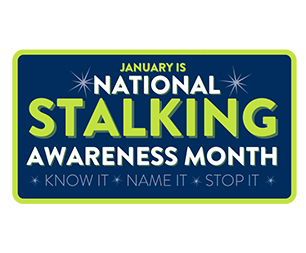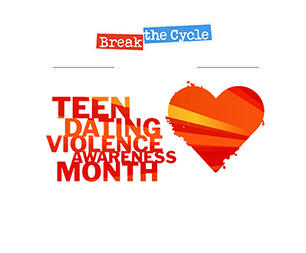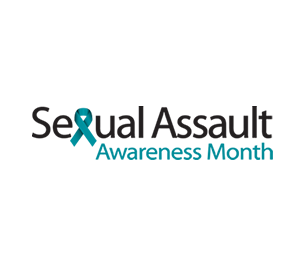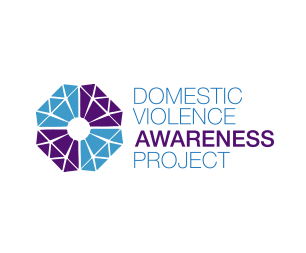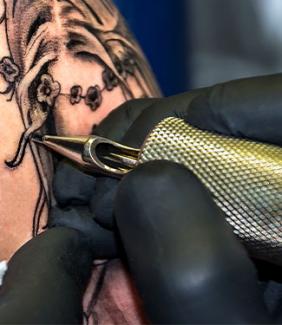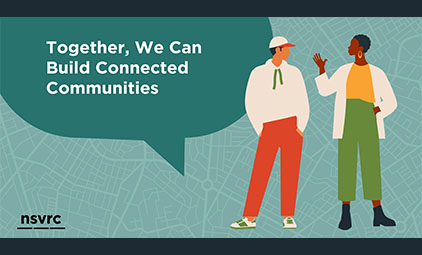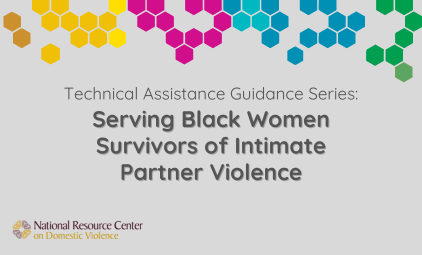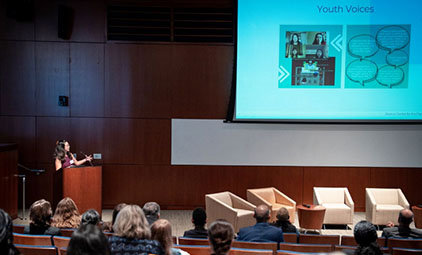by Patty Branco, Senior Technical Assistance and Resource Specialist for NRCDV
“They want a tattoo that represent[s] reclaiming their lives back; empowerment and reminding them that we are no longer victims but we are survivors.” - Marlo Lualemana, Tattoo Artist and Sexual Assault Survivor
I knew this was a thing. I had heard of breast cancer survivors turning their mastectomy scars into beautiful art. However, in my 13 years with the NRCDV, developing resources and providing technical assistance to the public, this was the first time I received an inquiry related to the use of tattoos to help trauma survivors heal. The caller was seeking information – mainly research studies as well as examples of collaborations between community-based programs and tattoo artists – for writing an article for his organization’s website in observance of Sexual Assault Awareness Month.
For some trauma survivors, engaging in tattooing can be a healing practice, an opportunity for changing their self-image or relationship with their bodies, and a “new chapter” in their lives, as suggested by Brian Finn, an Ohio-based tattoo artist who helps others “turn traumatic scars into symbols of strength” (Yam, 2016). As I searched online for information about tattoos and healing, I came across a story about Brian and his offering of free tattooing services to victims of domestic violence, self-harm or human trafficking: “A tattoo can help disguise the scars, so ... it’s like a new chapter.” Brian’s story was picked up by NPR, the Huffington Post and other media outlets.
As I delved deeper, I was thrilled to find articles about other tattoo artists such as Marlo Lualemana, Yevgeniya Zakhar and Flavia Carvalho, who are lending their talents to help survivors of gender based violence heal from trauma and reclaim their bodies. Flavia, for instance, is a fellow Brazilian offering free tattooing services in my home country to women who wish to cover scars resulting from domestic violence. In an interview with the Huffington Post, Flavia talks about her initiative to partner with the local Women’s Police Station to offer her services more proactively to women reporting incidents of violence to the police.
“As an artist who helps fellow survivors of sexual assault deal with and recover from their trauma, [Marlo Lualemana] knows how a totally unique and permanent tattoo can be healing” (Gander, 2017).
What Research Reveals
I also learned that information on the connections between tattooing and healing from gender-based violence is limited. In fact, there seems to be a lack of research into the reasons why women practice tattooing, or efforts to survey tattooed women who are abuse survivors. It has been argued that for some women, tattooing and other body modifications can signify a “healing ritual, a change in self-image, and a deeper understanding of the self as capable of healing emotional pain through painful body modifications” (Armstrong de Almeida, 2005).
Although “body reclamation” is certainly not the only theory for explaining tattooing and other body modification practices (Armstrong de Almeida, 2005), studies do exist suggesting that body art acquisition may be restorative for trauma survivors (Kocha et al., 2015). Available research has found a “small but significant association between a history of abuse of various forms and choosing to have tattoos and body modifications later in life” (Liu & Lester, 2012). For instance, experiences of significant abuse and rape have been reported by a large number of women with genital piercings, suggesting the presence or the act of getting the piercing seems to help them take control of (or reclaim) their body after being violated (Nelius et al., 2011).
Survivors' Voices
Despite information gaps – both in terms of academic research, as well as advocacy-based, “best practices” for making tattoo services more accessible to trauma survivors – available quotes from survivors and artists do illustrate the transformative and healing power that body art acquisition can have on trauma survivors:
- “And to think that I used to look at my arm and think, 'Wow, that's so sad that I was so sad,' and now I get to have this beautiful rose that Brian drew for me.” -Maddie Keating, Survivor
- “My first tattoo gave me the strength to leave an abusive marriage. It was a phoenix because I needed to remind myself that I had survived many 'fires' and had always emerged stronger from the ashes.” -Survivor
- “They come to the studio, share their stories of pain and resilience, and they show me their scars. Embarrassed, they cry, and hug me. (…) It is wonderful to see how their relationship with their bodies changes after they get the tattoos.” -Flavia Carvalho, Tattoo Artist
Pain and Healing
On the other hand, it is important to note that for some survivors, tattoos are reminders of their pain and disempowerment – for example, if a survivor has her abuser’s name tattooed on her body, or in the case of trafficking survivors who have been forcibly “branded.” In these situations, survivors can benefit from the services of artists such as Dawn Maestas who offers free tattoo removal services to abuse survivors.
Similarly, Sacred Transformations is a Chicago-based organization using “tattoo therapy” to help people, especially women and children, erase scars or marks that carry memories of abuse, neglect, rape or human trafficking. In this case, the unwanted tattoo, burn or scar is transformed into a piece of art that can help the survivor feel proud and empowered.
As advocates and survivors, we know all too well that disempowerment and disconnection are the core experiences of trauma. We also know that reconnecting with our bodies and feelings following trauma can be frightening and painful. For some survivors, having their scars and tattoos removed with a laser, or acquiring art or other forms of body modifications can be a step forward on their healing journey – a means to regaining some sort of control of their bodies and lives.
Of course, body art acquisition is only one of many healing avenues available, and it is not for everyone either. And, as domestic violence and sexual assault programs consider partnering with tattoo artists and other practitioners in their communities, safeguards should be in place to protect survivors, such as having a process for screening potential referrals. Most importantly, I hope this post can be a reminder, as we do this important work of supporting trauma survivors, that we must honor the unique and diverse ways in which survivors may feel empowered and strengthened in their individual healing processes.










